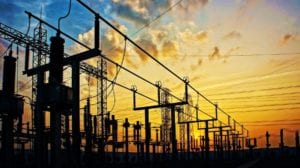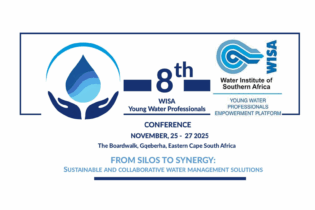The draft updated Integrated Resource Plan (IRP 2018) report has been released for public input following Cabinet approval.
The adjusted plan will result in an installed capacity mix in year 2030 which consists of:- 34 000 MW from coal (46%)
- 11 930 MW from gas (16%)
- 11 442 MW from wind (15%)
- 7 958 MW from PV (10%)
- 4 696 MW from hydro (6%)
- 2 912 MW from pump storage (4%)
- 860 MW from nuclear (2.5%)
- 600 MW from CSP (1%)
The review process
According to Jeff Radebe, Minister in the Presidency, the report, where applicable, has taken into account previous public input and comments. “The Department spent the period after consultations modelling and analysing the various scenarios and their impact on the energy mix going into the future. Scenarios were analysed in line with the objectives of IRP which is to provide electricity infrastructure plan that aims to ensure security of supply while minimising cost of supply, water usage and environmental impacts,” said Radebe.While the IRP review considered a period up to the year 2050, the approach taken in the draft updated IRP is to adopt a plan for the period ending 2030 and for detailed studies and engagements to be undertaken to better inform the energy mix or path post 2030.
This approach is believed to provide the necessary policy certainty while creating the space for engagement on the impending energy transition and the options available in South Africa. At a high level, the review of the IRP indicates the following:- That the pace and scale of new capacity developments needed up to year 2030 must be curtailed compared to what was projected in the IRP 2010
- Without a policy intervention, some of the technologies in the IRP 2010 together with new technologies will not be deployed as the “Least Cost” plan contains PV, wind and gas only
- Imposing annual build limits on renewables does not impact the total installed capacity of renewable energy technology for the period up to 2030
- There is significant change in the energy mix post 2030 which is mainly driven by decommissioning of old coal power plant that reach their end of life.
The least cost plan
Radebe explained that the recommended plan uses the ‘least cost plan’ – a plan without renewable energy constraints – as starting point. The following policy adjustments have been incorporated into the recommended plan for the period up to 2030:- The retention of annual build limits for the period up to 2030. This provides for consistent and sustained roll out of Renewable Energy for the period
- The inclusion of 1000 MW of coal-to-power in 2023–2024, based on two already procured and announced projects
- The inclusion of 2500MW of hydro power in 2030 to facilitate the RSA-DRC treaty on the Inga Hydro Power Project. The project is key to energising and unlocking regional industrialisation
- The utilisation the existing PV, wind and gas allocations in the plan to enable through ministerial determinations, renewable energy technologies identified and endorsed for localisation and promotion
- The allocations of 200MW per annum for certain categories of generation-for-own-use of between 1 MW to 10 MW, starting in 2018. These allocations will not be discounted off the capacity allocations in the plan, but will be considered during the issuing of ministerial determinations. This will help address requests for deviations from the IRP for qualifying plants.








